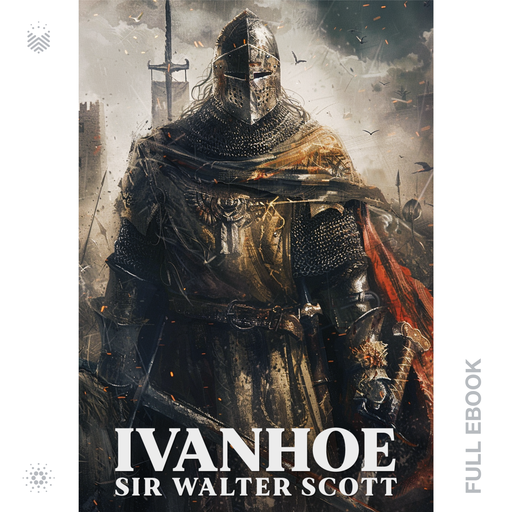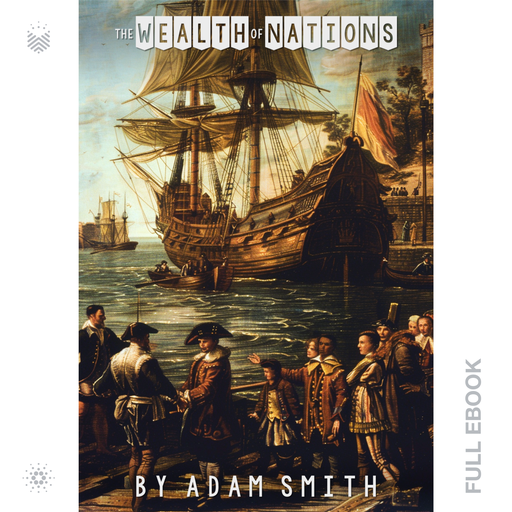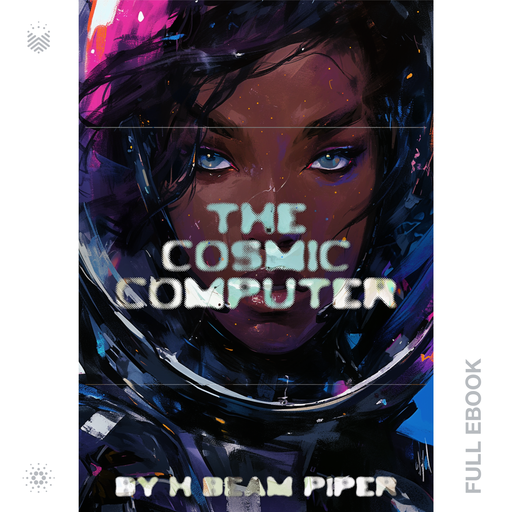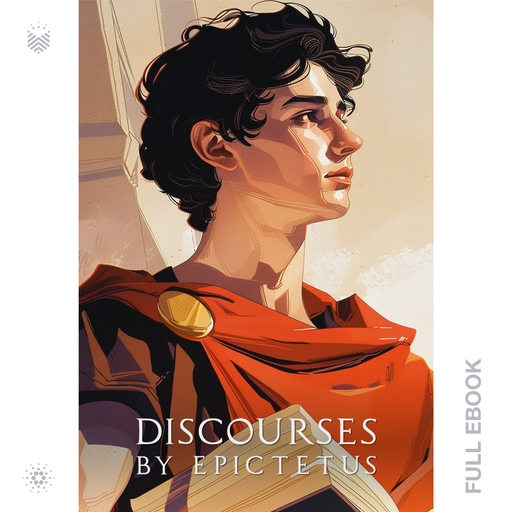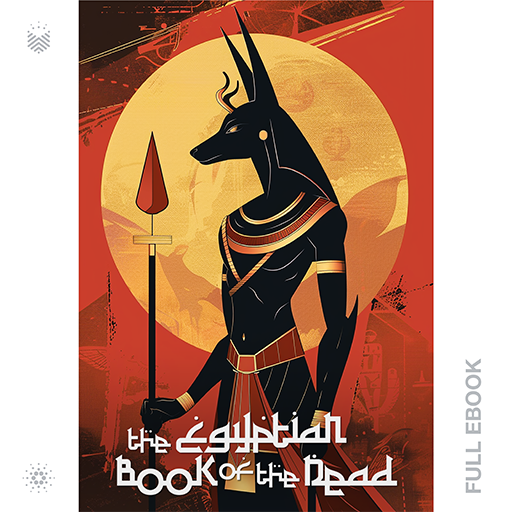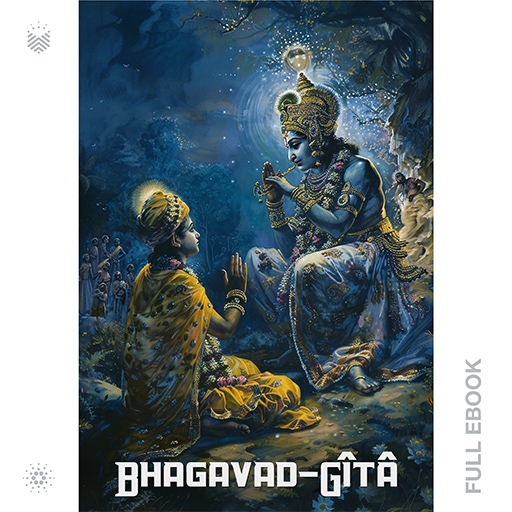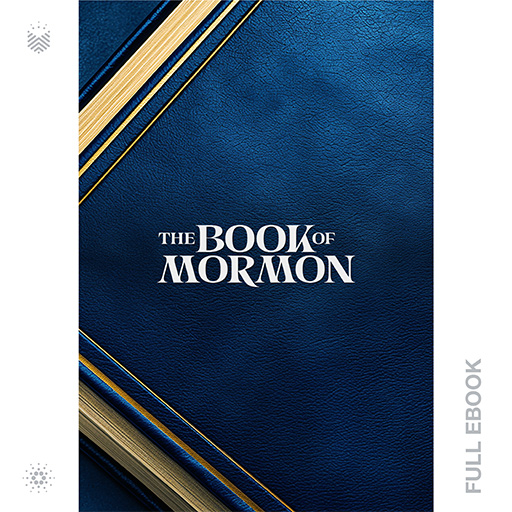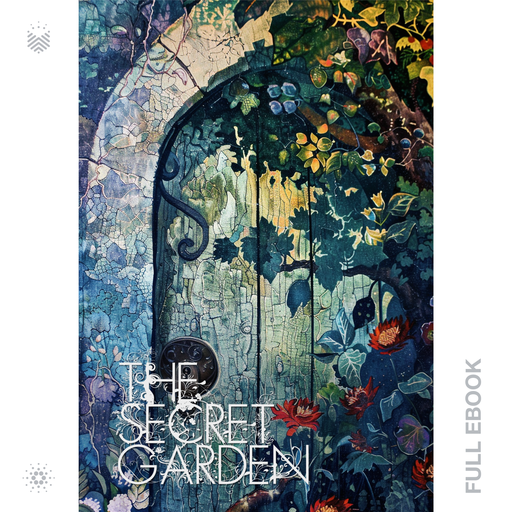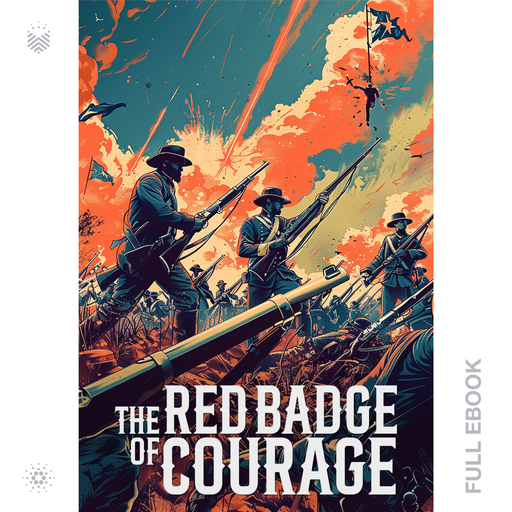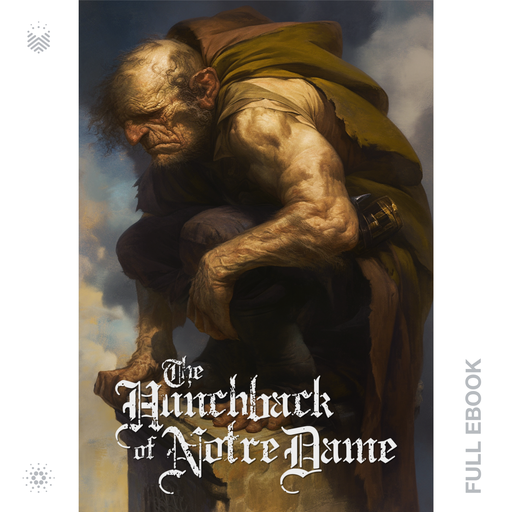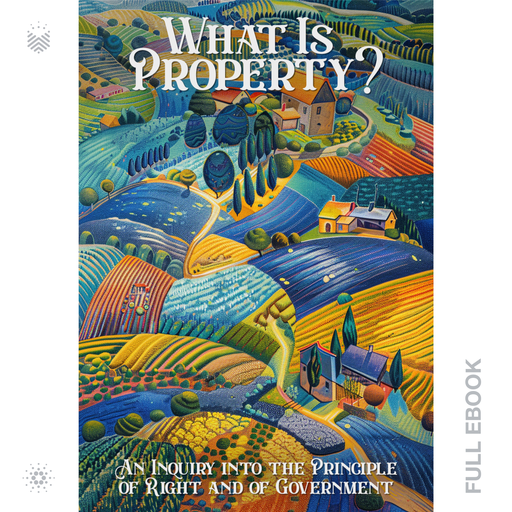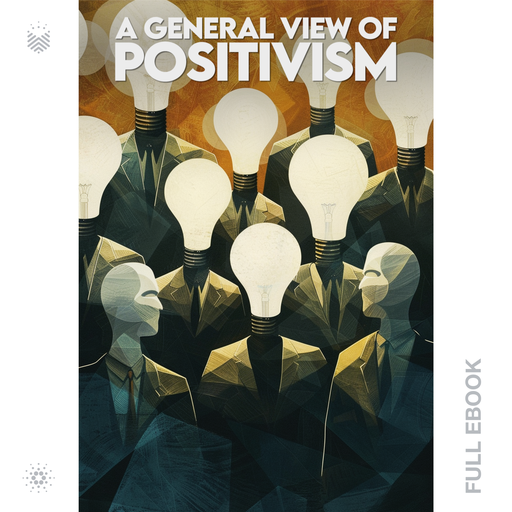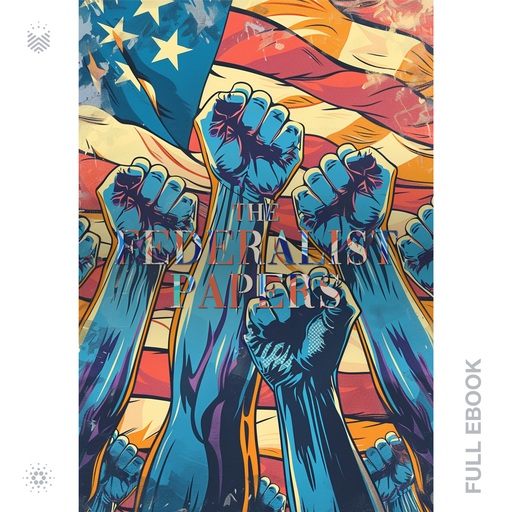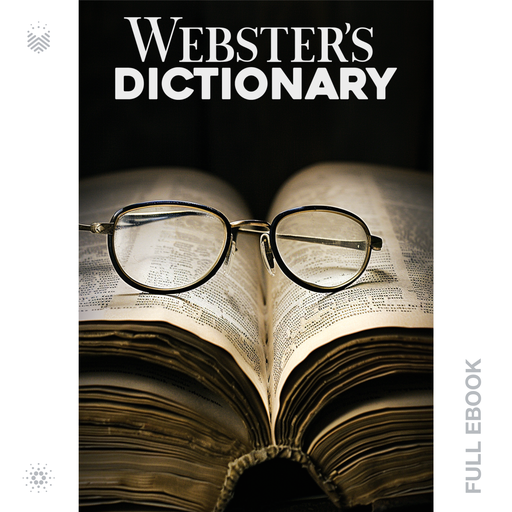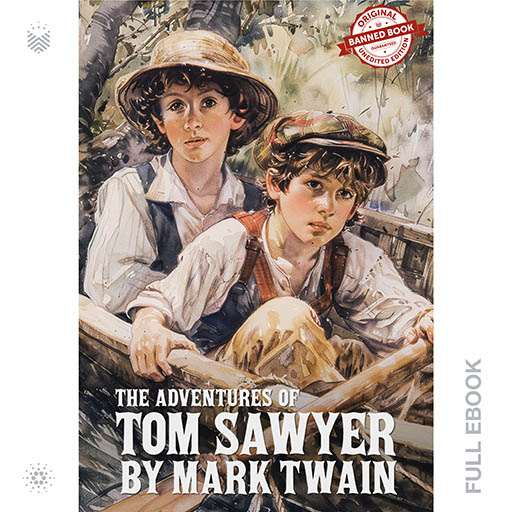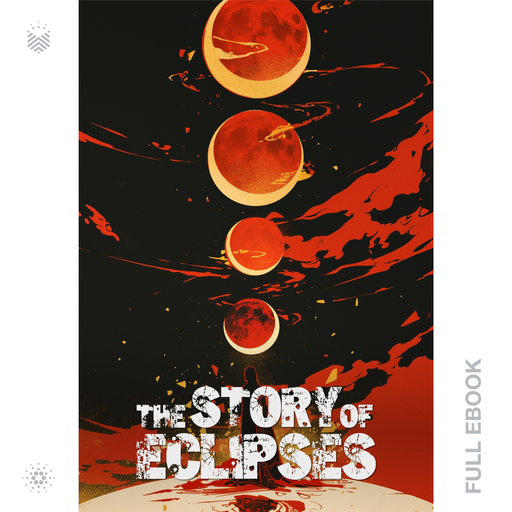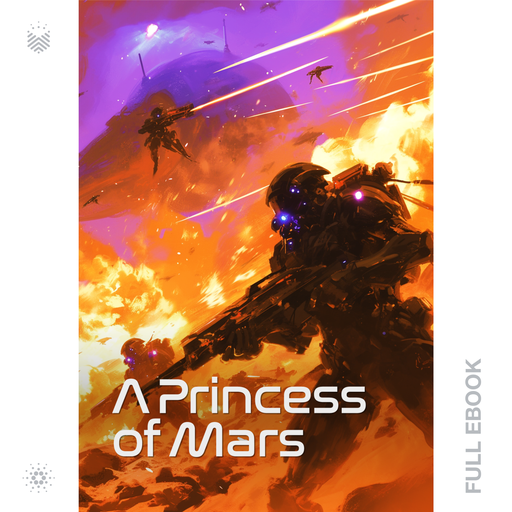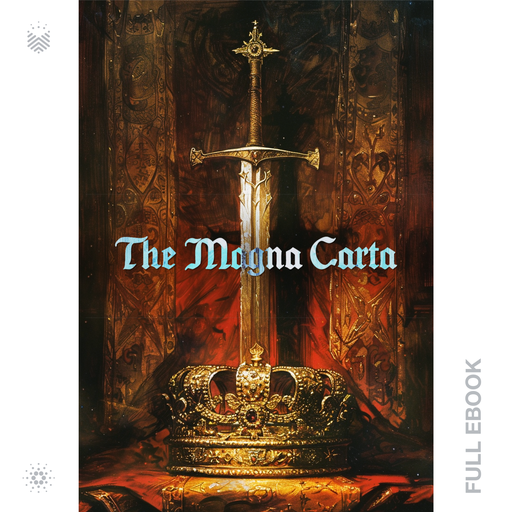by Walter Scott
Walter Scott’s “Ivanhoe” thrusts readers into the tumultuous world of medieval England, where chivalry, honor, and political intrigue collide. Set against the backdrop of the late 12th century, the novel follows the adventures of the noble knight Ivanhoe as he returns from the Crusades to find his homeland torn apart by conflict. Through daring feats of valor and a romantic entanglement with the beautiful Lady Rowena, Ivanhoe navigates the treacherous landscape of power struggl… Read More
by Adam Smith
“The Wealth of Nations” by Adam Smith revolutionized economic thought and remains a cornerstone of modern economics. In this seminal work, Smith explores the principles of capitalism, arguing that free markets, competition, and self-interest drive economic prosperity. Smith’s insights into the division of labor, the invisible hand of the market, and the role of government intervention continue to shape economic policy and theory to this day.
… Read More
by H. Beam Piper
“The Cosmic Computer” is a science fiction novel written by H. Beam Piper, first published in 1963. Set in a distant future where humanity has colonized various planets, the story follows Conn Maxwell, who returns to his home planet of Poictesme to find it in decline. Determined to revive the planet’s economy, Conn embarks on a quest to uncover the fabled supercomputer known as Merlin, rumored to hold vast knowledge and power.
… Read More
by Fyodor Dostoevsky
“The Idiot” by Fyodor Dostoevsky plunges readers into the complex world of 19th-century Russia, where protagonist Prince Lev Nikolaevich Myshkin navigates the intricacies of human nature and societal conventions. As Myshkin returns to St. Petersburg after being treated for epilepsy in Switzerland, he finds himself thrust into the midst of high society, where he encounters a cast of characters grappling with their own moral dilemmas and inner demons.
… Read More
by Epictetus
In “Discourses,” Epictetus, a Stoic philosopher, shares timeless wisdom on ethics, personal development, and living a virtuous life. Drawing from his own experiences and observations, Epictetus offers practical advice on how to navigate life’s challenges with resilience and inner strength.
Read More
by Peter Le Page Renouf, Edouard Naville
The Egyptian Book of the Dead, translated by Peter Le Page Renouf and Edouard Naville, is an ancient funerary text originating from ancient Egypt. It consists of a collection of spells, hymns, and rituals aimed at guiding the deceased through the afterlife and ensuring their safe passage to the realm of the gods. These texts were often inscribed on papyrus scrolls and buried with the deceased to provide guidance and protection in the journey to the underworld. The Book of the Dead reflects the a… Read More
by Sir Edwin Arnold
The Bhagavad-Gîtâ is a sacred Hindu scripture, translated by Sr. Edwin Arnold, offers profound philosophical teachings and spiritual insights as it unfolds a dialogue between Prince Arjuna and Lord Krishna on the battlefield of Kurukshetra. Through this conversation, Arjuna grapples with moral dilemmas and existential questions while seeking guidance from Krishna, who imparts timeless wisdom and guidance on duty, righteousness, and the path to spiritual liberation. The Gita’s teachings t… Read More
by The Church of Jesus Christ of Latter-day Saints
The Book of Mormon, a foundational text in the Latter-day Saint movement, first published in 1830, marking the culmination of a series of revelations received by Joseph Smith, Jr., the movement’s founder. The book claims to be a record of ancient American prophets, chronicling their interactions with God and their religious and political struggles.
Read More
by Frances Hodgson Burnett
Book.io Con ’24 Exclusive
Frances Hodgson Burnett penned “The Secret Garden,” a timeless classic of children’s literature that first captivated readers in 1911. Burnett’s masterful storytelling transports readers into a world of magic and wonder, where the mysteries of the heart and the miracles of nature converge in a tale that resonates across generations.
Read More
by Dante Alighieri
Book.io Con ’24 Exclusive
Dante Alighieri wrote “The Divine Comedy,” crafting it as an epic poem that stands as one of the pinnacles of world literature and Italian literary tradition. Divided into three parts – Inferno, Purgatorio, and Paradiso – the poem narrates Dante’s journey through Hell, Purgatory, and Heaven, respectively.
Read More
by Stephen Crane
Book.io Con ’24 Exclusive
In “The Red Badge of Courage,” written by Stephen Crane, readers are thrust into the heart of the American Civil War, where they witness the transformation of a young soldier named Henry Fleming. As Henry grapples with fear, uncertainty, and the brutal realities of war, he embarks on a journey of self-discovery and redemption. Through Henry’s eyes, readers are immersed in the chaos and turmoil of battle, experiencing the horrors and triumphs of war a… Read More
by Victor Hugo
Book.io Con ’24 Exclusive
Victor Hugo’s “The Hunchback of Notre Dame,” first published in French in 1831 as Notre-Dame de Paris, captivating readers with its vivid portrayal of medieval Paris and its unforgettable cast of characters. At the heart of the narrative is Quasimodo, the hunchbacked bell-ringer of Notre Dame Cathedral, whose life becomes intertwined with that of the beautiful and enigmatic Esmeralda, a gypsy girl.
… Read More
by Thomas S. Gowing
“The Philosophy of Beards” by Thomas S. Gowing is a whimsical exploration of facial hair that transcends mere grooming advice to delve into the deeper cultural and philosophical significance of the beard. Gowing, a Victorian-era advocate for the beard, presents a spirited defense of facial hair as a symbol of masculinity, intellect, and individuality. Through witty anecdotes and historical anecdotes, Gowing celebrates the beard as a timeless symbol of rebellion against societal norms… Read More
by Pierre-Joseph Proudhon
“What Is Property?” by Pierre-Joseph Proudhon is a foundational work in political philosophy, challenging conventional notions of ownership and advocating for social equality. Published in 1840, it sparked debates on property rights and economic justice.
Read More
by Auguste Comte
In “A General View of Positivism,” Auguste Comte lays the groundwork for a new approach to understanding society, emphasizing the importance of scientific inquiry and empirical observation in the pursuit of knowledge. His ideas continue to shape the fields of sociology and philosophy, inspiring generations of scholars and thinkers to explore the complexities of human society through a scientific lens.
… Read More
by Alexander Hamilton, James Madison
The Federalist Papers also known as The Federalist, comprising of 85 articles and essays, were written by Alexander Hamilton, James Madison, and John Jay between 1787 and 1788. These essays, published under the pseudonym “Publius,” aimed to promote the ratification of the United States Constitution. Addressing various aspects of government structure and individual rights, the papers serve as a foundational text in American political thought.
… Read More
by Noah Webster
The first edition of Webster’s Dictionary, known as “An American Dictionary of the English Language,” was published in 1828 by Noah Webster, an American lexicographer, grammarian, and language reformer.
Read More
by Mark Twain
In Mark Twain’s timeless novel “The Adventures of Tom Sawyer,” readers are thrust into the lively world of a mischievous young boy named Tom Sawyer. Set in the fictional town of St. Petersburg, Missouri, along the banks of the Mississippi River, the story unfolds as Tom embarks on a series of daring escapades and thrilling adventures. From whitewashing a fence to searching for buried treasure, Tom’s exploits captivate readers and offer a glimpse into the carefree days of … Read More
by George F. Chambers
“The Story of Eclipses” by George Chambers delves into the captivating celestial phenomena of eclipses, offering readers a comprehensive exploration of these awe-inspiring events. Chambers, renowned for his expertise in astronomy, provides a detailed account of the scientific principles behind eclipses, unraveling the mysteries of these celestial occurrences with clarity and precision.
… Read More
by Bram Stoker
Bram Stoker’s “Dracula” presents a chilling narrative that grips readers with its evocative prose and haunting atmosphere.
First published in 1897, it is a seminal work of Gothic horror literature that has left an indelible mark on the genre. The novel unfolds as an epistolary narrative, composed of journal entries, letters, and newspaper clippings, offering readers a chilling firsthand account of the terrifying events that unfold.
… Read More
by Hermann Hesse
Hermann Hesse’s “Siddhartha,” published in 1922, remains a timeless testament to humanity’s universal quest for self-discovery and spiritual fulfillment.
In ancient India, Siddhartha, a young Brahmin, sets out on a journey for enlightenment and fulfillment. Along the way, he encounters diverse teachings, experiences, and mentors, shaping his evolving comprehension of existence and reality.
… Read More
by Edgar Rice Burroughs
In Edgar Rice Burroughs’ science fiction masterpiece, “A Princess of Mars,” readers are transported to a captivating world of adventure and intrigue. Set on the exotic and mysterious planet of Barsoom (Mars), the novel follows the remarkable journey of John Carter, a Confederate veteran who finds himself mysteriously transported to the red planet.
Read More
by Apuleius
Apuleius wrote “The Golden Ass,” also known as “Metamorphoses,” an ancient Roman novel in the second century AD. The story follows Lucius, a young man who, after experimenting with magic, transforms into a donkey. This transformation leads Lucius on whimsical adventures where he encounters diverse characters and experiences both humor and profundity.
Read More
Magna Carta, Latin for “Great Charter,” is a foundational document in English constitutional history. It was signed by King John of England at Runnymede on June 15, 1215, under pressure from rebellious barons seeking to limit the monarch’s power.
Read More

